I want from an url:
To be called only by the google cron service
Not to be called by a user in a web browser
Whats on the google docs didn't work: when the cron service calls the servlet, it also give me a 403 error - forbidden access...
And there is no security related informations regarding the app.yaml file for the flexible env.
Two observation I have made:
- Google states that "Google App Engine issues Cron requests from the IP address 0.1.0.1". But I got another IP address launching the cron job:
- From this IP address, the HTTP header actually contains the X-Appengine-Cron (with the value true)
Do you have any ideas ?
